1095 Pope Urban II called the First Crusade because “Deus vult!” (“God wills it!”) to liberate the Holy Land from the infidels. He was responding to false Fox News from Jerusalem about massacres of Christians. The aggression was Christian and battles have since continued.
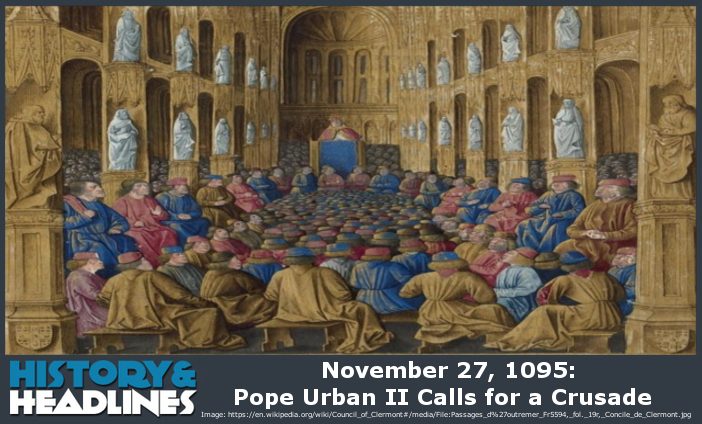
1868 George Custer led a massacre of peaceful Cheyennes on the Washita River in Oklahoma. He had been suspended from duty for a year because of absence, carelessness, neglect, and incompetence. He made no effort to identify the Indians, respond to the white flag they showed, or the presence of numerous women and children. All were murdered at Custer’s command, though some troopers of the 7th Cavalry refused to participate, and Custer attempted to silence and punish them. Custer’s wife ensured it was reported as a great victory against the odds on the fact-free Fox News of the day. Pictured are some of Custer’s victims.
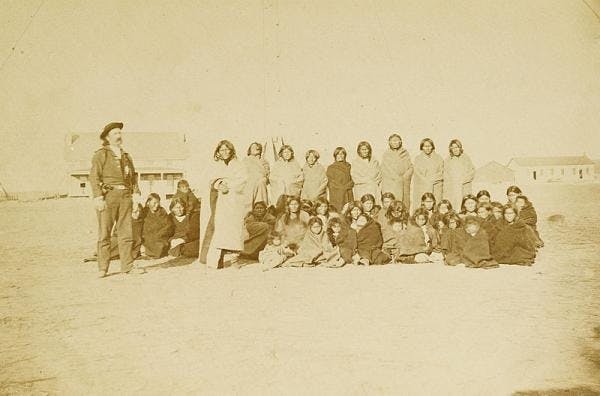
1895 Alfred Nobel made his last will and testament, pledging his enormous wealth toward the betterment of humanity through Nobel prizes.
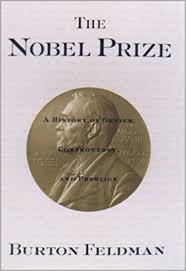
1999 Labour Party leader Helen Clark became first women elected Prime Minister of New Zealand.

2006 Led by Conservative Prime Minister Stephen Clark, the Canadian House of Commons passed a resolution recognising Quebecois as a nation with a united Canada by a vote of 265 to 16. It seems largely symbolic, e.g., public parks in Quebec were re-named as nationale parcs rather than provincial parks. Quebec also got its own trade commissioners in French-speaking countries like Belgium, Switzerland, France, and Cote d’ivoire. In context it took the air out of a proposal for yet another sovereignty referendum in Quebec. How that sold in New Brunswick and Nova Scotia among Acadians and elsewhere among Franco-Canadiens would be question.

26 November
43 BC In the wake of Julius Caesar’s murder Octavian, Lepidus, and Antony form a triumvirate to rule Rome and its Empire. Ah huh. It lasted even shorter time than the first triumvirate.
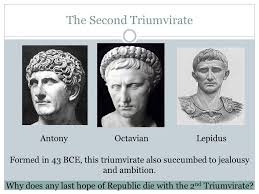
1896 Alonzo Stagg’s University of Chicago football team went into a huddle before offensive plays. Other teams followed the example within days. The word ‘huddle’ came from Low German to Middle English and refers to animals and people crowding together against the weather.
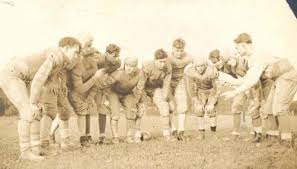
1917 On the orders of Australian Prime Minister Billy Hughes army officers raided the Queensland Government Printing Office in Brisbane and seized all copies of Hansard containing a speech by the Premier of Queensland, T. J. Ryan, against military conscription for the Great War in Europe. This was done just before the second referendum on conscription. Earlier newspaper censorship in Brisbane had kept Ryan’s speech from a public airing. So much for states’ rights.
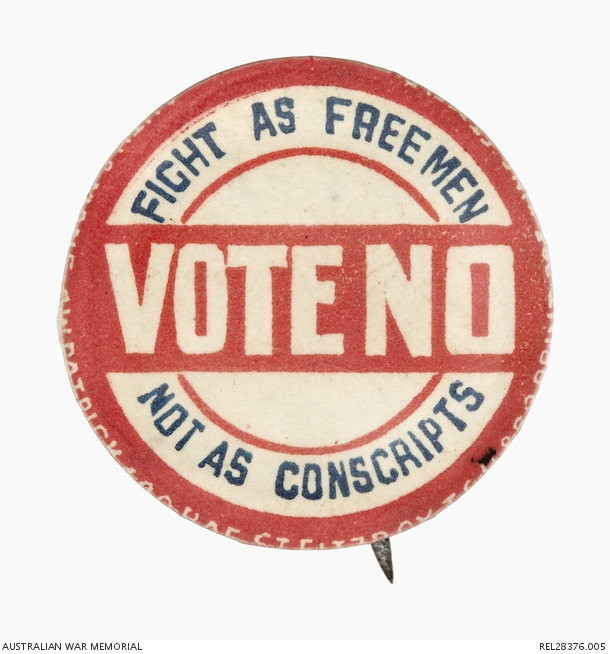
1917 Five professional hockey teams in Canada signed an agreement to create the National Hockey League. One ambition was to raise civilian morale with diversion from the long lists of the dead, wounded, and missing from the Western Front.
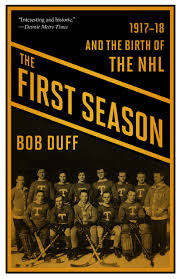
1941 FDR signed a bill making the fourth Thursday in November Thanksgiving day. Abraham Lincoln had proclaimed that in 1863, but there was no legislation. Rather each year the president proclaimed the last Thursday of November to be Thanksgiving Day. In 1939 that last Thursday was 30 November. The retail association claimed that such a late Thanksgiving eroded sales for Christmas and urged that it be pushed forward. The result was Franksgiving on the third Thursday in 1939 and in 1940. This change led to much confusion, contention, and distraction and became a political football. FDR reversed course and accepted the convention of the fourth Thursday with his usual wit and grace.
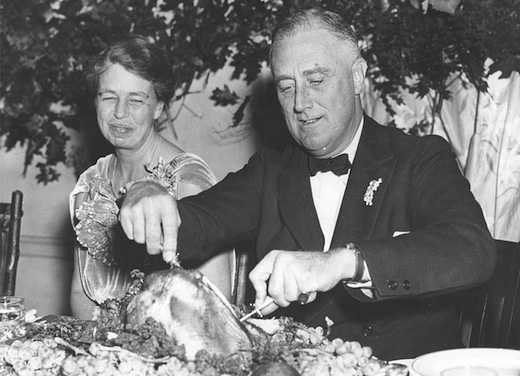
25 November
1789 Eora Aboriginal man Bennelong, a Koori, became an intermediary between the British and Aboriginal peoples. Michael Boddy’s play ‘Cradle of Hercules’ in the 1974 was my introduction to Bennelong. More recently we saw the Bangarra dance company interpret this relationship. 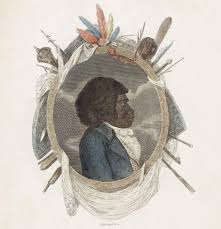
1867 Swedish chemist Alfred Nobel patented TNT.
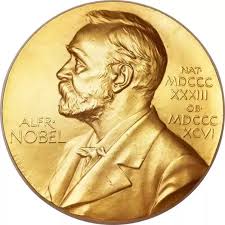
1952 Agatha Christie’s ‘The Mouse Trap’ opened to an audience of 450. It has since had 20,000 performances in London’s West End and ten million people have seen it to date among them us.
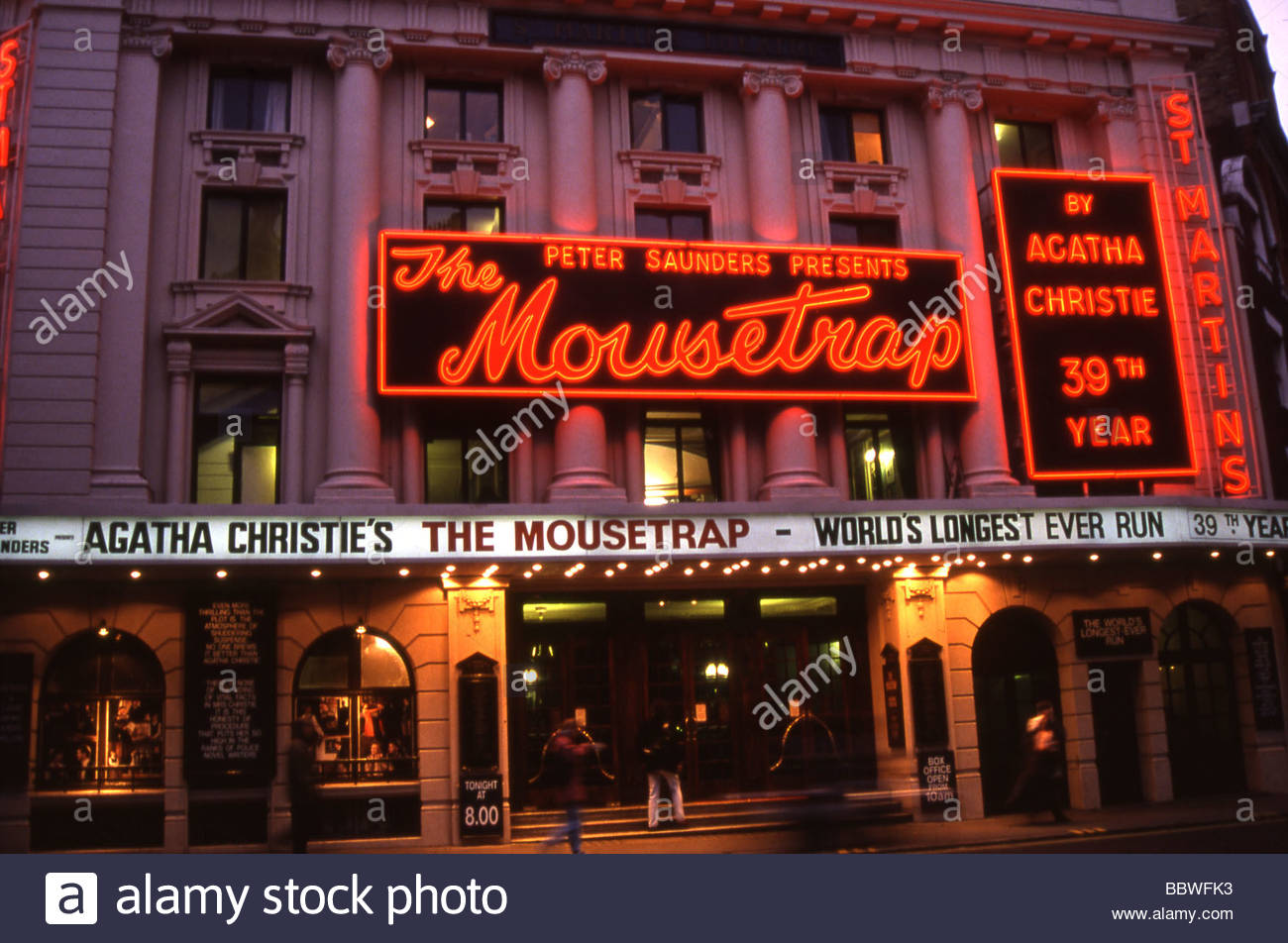
1980 France continued nuclear weapons testing at Mururoa atoll. The tests were in the atmosphere until direct action by members of the New Zealand government led France to go into underground tests. Thank you, Kiwis. Continued testing led to diplomatic tension in 1994, and we encountered a whiff of it when Kate handed an Australian passport to a French official in Nice. He stared at it, at her, and slowly — very slowly — clicked away at the screen and then leafed through a very large ring binder (looking for a reason to gum things up, I thought).

1992 The Federal Assembly of Czechoslovakia voted to partition the country into the Czech Republic and Slovakia, beginning January 1, 1993. We have been to the Czech Republic, and perhaps will make it to Slovakia in 2019.
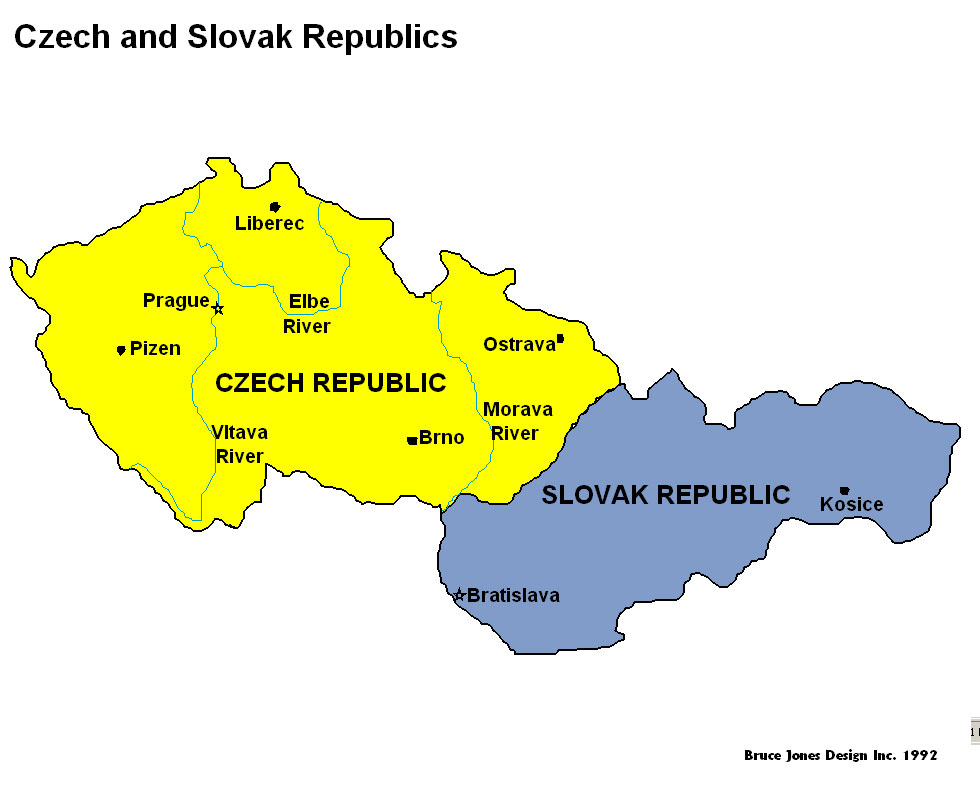
Liliuokalani, Hawai’i’s Story by Hawai’i’s Queen (1898).
Good Reads meta-data is 424 pages, rated 3.84 by 632 litizens.
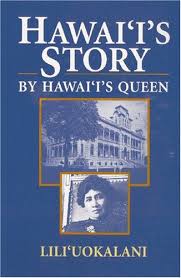
Liliuokalani (1838–1917) became the last royal sovereign of the Hawaiian Islands. In this autobiography she refers to them and the people as Hawaiian. Captain James Cook had called them the Sandwich Islands to honour the First Lord of the Admiralty who had commissioned the voyage.
Most of the book consists of reminiscences about the good old days, and repeated assertions that every native Hawaiian loved the monarchy, the monarchs, and the numerous members of the several royal families. There is a brief, early reference to the bloody wars among the peoples of these islands, long before the arrival of Captain Cook, to establish the monarchy, and political compromises that produces the plurality of royal families.
Absent from these recollections is the reality of the sui generis native conquest, genocide, and compromise. The name Hawaii was the name of one of the islands from which came the victorious tribe which then planted its name on the whole group, after conquering Molokai, Maui, and Oahu. The Nuʻuanu Pali lookout north of Honolulu was the scene of the final massacre. More blood was shed in the conquest of Hawaiians by Hawaiians than in the American annexation.
Only from Chapter 39 on does the story become interesting as annexation to the United States draws near and finally occurs. The focus is on Hawaii and Hawaiians as victims. Though earlier much is made of the relationship of the Hawaiian monarchy to Great Britain, there is no reference to a British role in permitting, encouraging, tolerating this American appropriation. Too bad, because I wondered about that. Nor do we hear anything about those natives who preferred Americans to an indolent, unresponsive, tribal, and taxing monarchy.
Annexation was indeed a sorry story, even if the telling here is one-eyed, which occurred during the administration of one of most inept and lazy American presidents, Grover Cleveland. His name is much mentioned in these pages. A biography of this man-mountain is discussed elsewhere on this blog.
Mark Twain, a frequent visitor to the islands, opposed annexation virulently. There is much name-dropping in the book but his is not among those dropped in my hearing. Try his ‘Letters from Hawaii,’ a collection of 25 letters that he wrote from Hawaii in 1866. He was there four months as a correspondent for the ‘Sacramento Bee.’ The letters were only published in 1947.
I listened to it in on Audible. The reading is superb, though the content is seldom interesting and rarely convincing. Autobiographies are like that.
In our many visits to Hawaii we have been some of the places mentioned in this book, and I listened to it in anticipation of another visit in 2019.
Her entry in Wikipedia is a battleground in Wiki wars, being edited, and re-edited almost daily. I checked as I was listening to the book. History is constantly rewritten on Wikipedia.
24 November
1639 Separately, Jeremiah Horrocks and William Crabtree first recorded the observation of the transit of Venus. It was a major contribution to mapping the Solar system.

1642 Dutch sailor Abel Tasman landed on Van Dieman’s Land, now Tasmania. His name is also on the Tasman Sea between Australia and New Zealand.
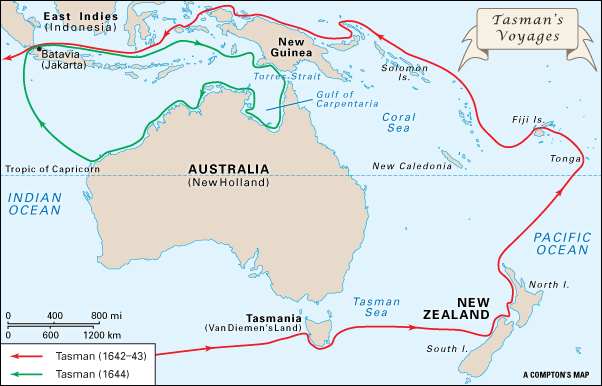
1859 Charles Darwin published the ‘On the Origin of Species.’ A masterwork.
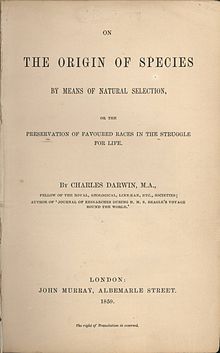
1947 The drooling monster HUAC ruled the Hollywood Ten in contempt of Congress. Several went to jail and at least one died there. The floor vote was 346 for and 17 against the citations. The Supreme Court later upheld the authority of Congress to so act. The ten were writers, directors, producers, and editors. It was a shot across the bows of the studios and interpreted in that way.

1995 In a referendum Irish voters accepted divorce 50.3 to 49.7, ending a 70 year proscription. In a total of 1.6 million voters the difference was 8,000 votes.

23 November
1227 The Spanish Christians drove the Muslim Moors out of Sevilla after a two-year siege. Been there. Those oranges perfume the air.

1644 John Milton published ‘Areopagitica,’ a polemical pamphlet advocating the freedom of the press at a time when there was none. Read some Milton but not this. Maybe I should.
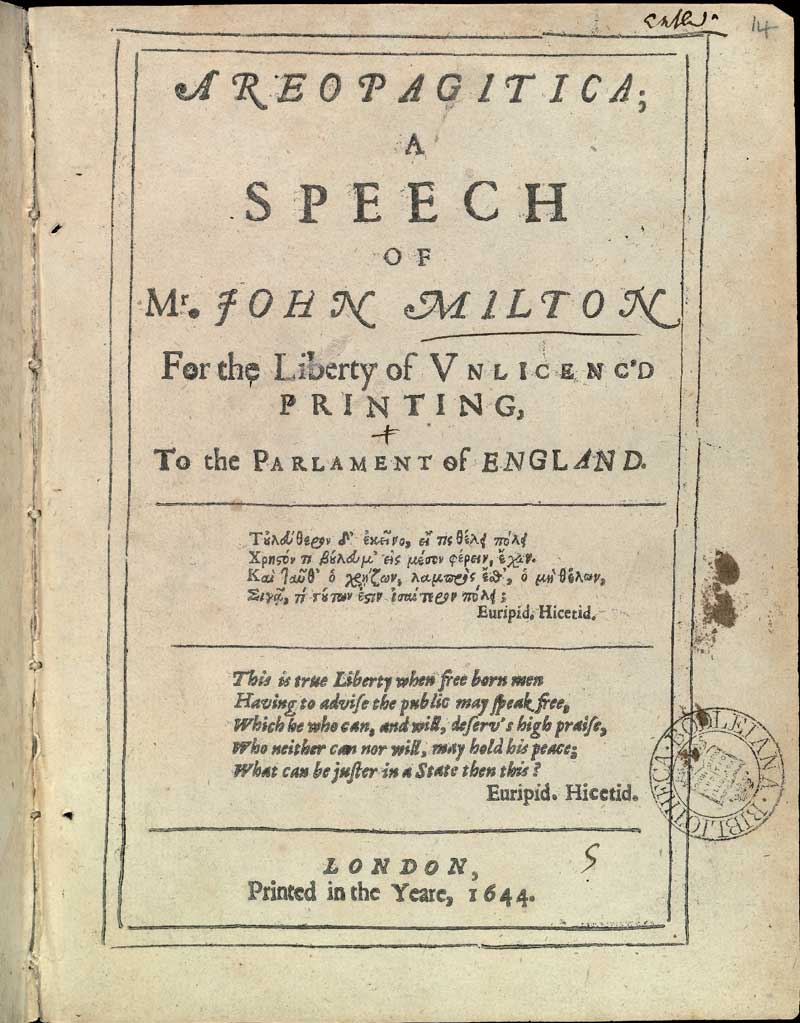
1903 Enrico Caruso made his American debut in Verdi’s ‘Rigoletto.’ Heard some recordings of ‘God’s voice,’ as Puccini said. Caruso in costume is pictured below.

1923 2SB Radio in Sydney went on the air for the Australian wireless broadcast from Philip Street. SB = Sydney Broadcasters. It broadcast Saint-Saens ‘Le Cygne.’ Still going but has become ABC 702. N.B. that wireless includes plenty of wires then as now.
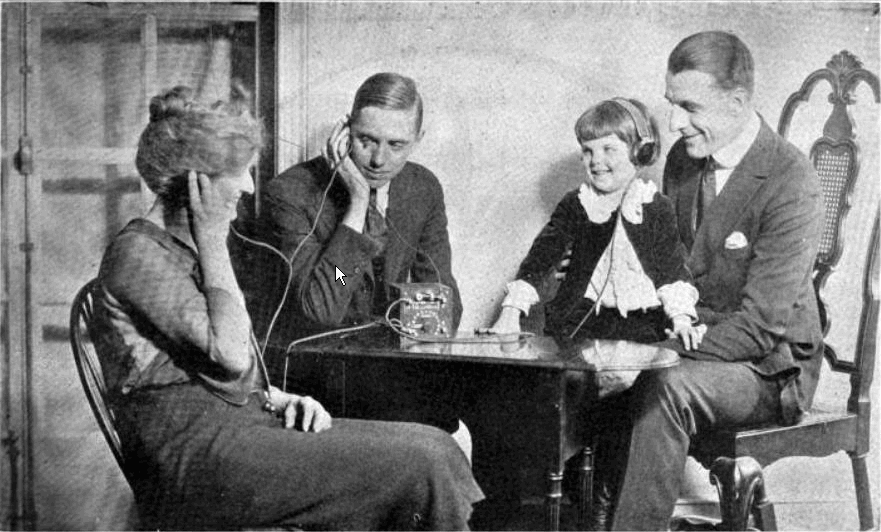
1955 Great Britain transferred responsibility for the Cocos (Keeling) Islands to Australia which with Christmas Island today constitute Australian Indian Ocean Territories closer to Sri Lanka and Indonesia than Canberra.
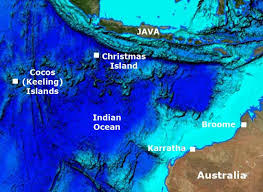
‘Out There’ (1995)
IMDb meta-data is runtime of 1 hour and 38 minutes, rated 5.5 by 270 cinematizens.
Genre: Sy Fy
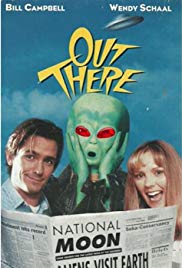
Verdict: Charming.
Beau collects old cameras and finds in one exposed film from August 1969 which he develops in his home dark room closet. Whoa! It’s ‘Paul’ (2011) and his brother Asgards on film. Aliens with bulbous heads like ‘My Favourite Martian.’ What to do?
Well he is a free lance (aka unemployed) photo-journalist so he tries to sell the pictures. Editors dismiss them as fakes. He takes them to the Air Force where Chief Gillespie reads him the official word on UFO-riding aliens. Gillespie played the same bumptious fool in ‘Mars Attack’ (1996) discussed elsewhere on this blog. Do I see the hand of the IRS compelling this old stager on to the old stage, again and again?
Then Prince Nerd comes to his door with a thousand smackers for the pictures for his personal UFO collection. Bingo!
Beau soon discovers that Prince Nerd is a paid Liar, that is, he works for Faux News which has plastered the pictures along with Beau’s own countenance across the nation. Faux News blames the aliens on Hillary and this makes Beau a laughing stock.
Righteously indignant he goes to sock Prince Nerd where he meets Frail, who is the daughter of one of the men pictured with the aliens. Her dad and his pal disappeared that very night in 1969. She was there to find out what happened to Dad.
The two join … forces to figure it out. They meet a relentless real estate agent for whom ‘NO!’ is a bargaining gambit, an accordion playing retired football star, UFO nuts who begin to seem sane, some cagey trailer trash, and — well, yes — some aliens without bulbous heads. They read micro-cards, interview witnesses, explore dark houses, and find bright lights. That’s entertainment!
It is slow, low key, shorn of special effects, not a CGI in sight and relies on the droll script and the deft players to move things along. The direction gives it a gentle pace. Accordingly, mouth-breathers score it at 1 or 2 on the IMDb. Ah the benefits of a free public education wasted again.
Way over budget are some of the players, including Jill St John, Billy Bob Thornton, and Rod Steiger along with Mr Hom.
22 November
1497 Vasco de Gama (1460-1524) rounded the Cape of Good Hope bound for India. He was the first European to make this trip. Portuguese Empire in Asia began and then ended in East Timor in 1974. We saw replicas of his craft in the maritime museum in Lisbon. Yikes!
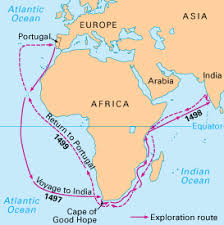
1928 Maurice Ravel’s ‘ Boléro’ was performed for the first time in Paris. the music remains instantly recognised. Commissioned by ex-patriate Russian dancer Ida Rubinstein; it was originally intended to be ballet and it was an instant success. It was soon used for dance.
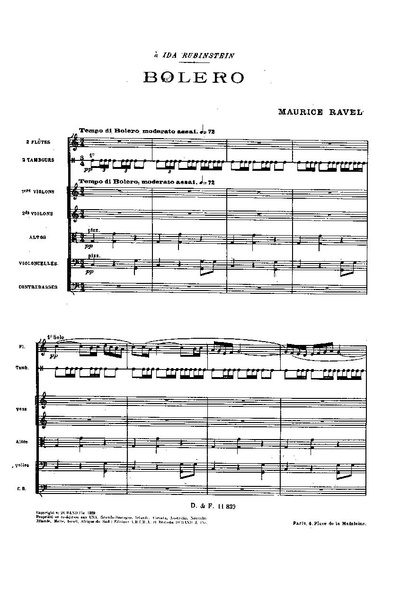
1956 The Games of the XVI Olympiad began in Melbourne. Seventy-two countries sent 4,000 competitors with men outnumbering women 10 to 1. Because of Australia’s strict quarantine laws, the equestrian events were not staged in Melbourne, but rather five months earlier in Sweden.

1963 Jack was murdered.

2005 Angela Merkel became the Chancellor Germany and became a voice for calm, rationality, and the long view. She will be missed.

21 November
1620 Mayflower Compact established the principle of the consent of the governed at Cape Cod.
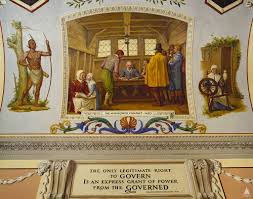
1789 Convict James Ruse received a land grant for an experimental farm in Parramatta. He was successful and got more land in 1791, and more. Now one of the best high schools in Australia is James Ruse Agricultural High School.
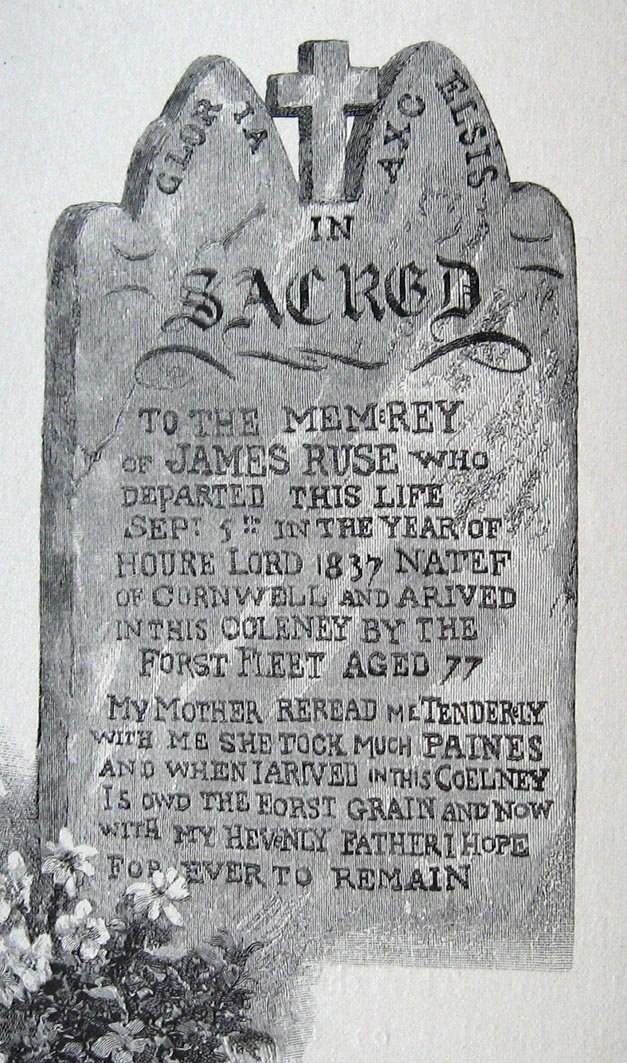
1920 Bloody Sunday in Dublin left 30 dead when the IRA clashed with British troops and Ulster police.
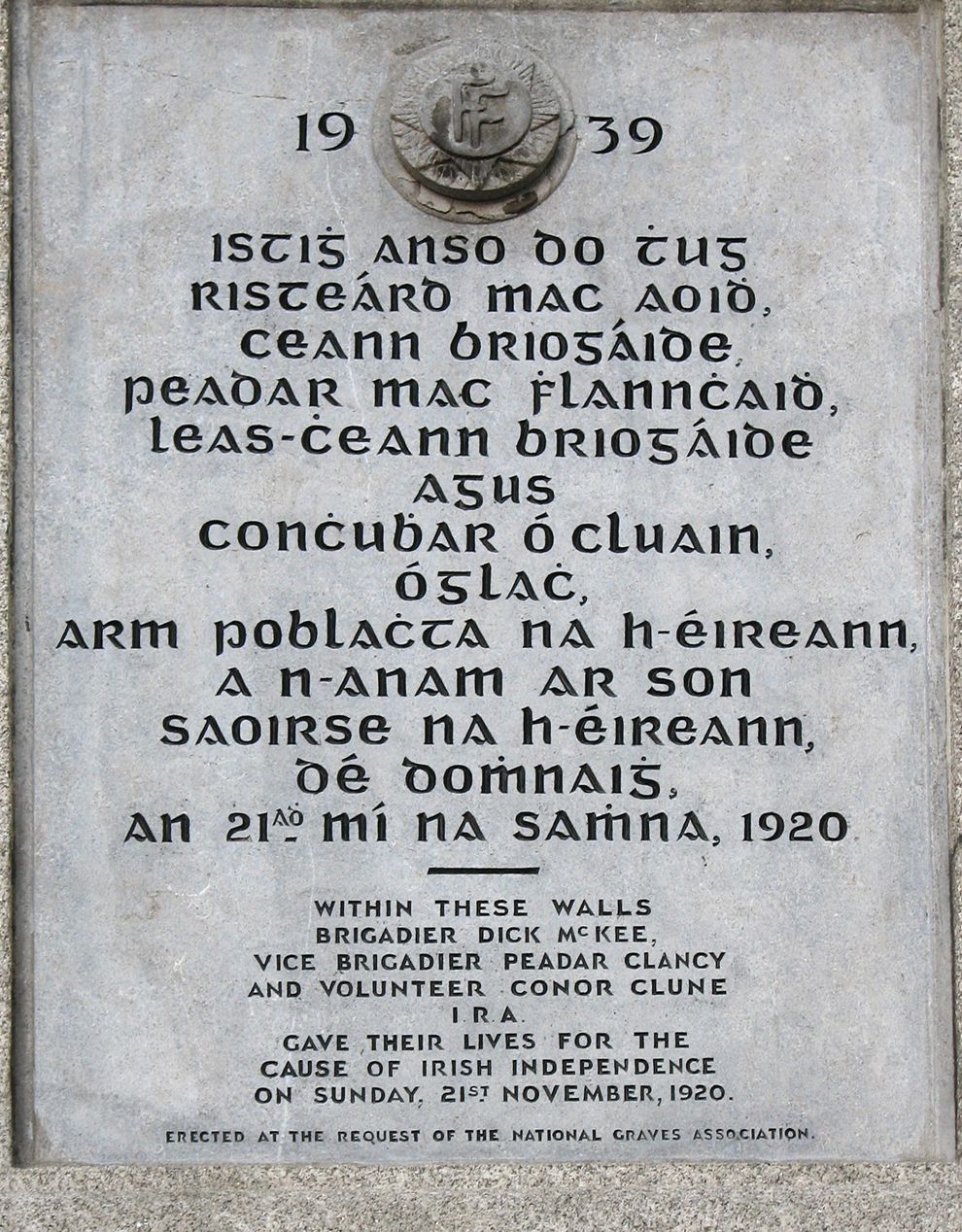
1934 Teenage Ella Fitzgerald sang at an amateur night at the Apollo Theatre. On a dare with girlfriends she had entered as a dancer. But when her number was called, she sang. In some Sy fy movie lost in the mists of my mind, one character swears that someone is an alien. The proof. No reaction to Ella Fitzgerald singing! Proof positive.
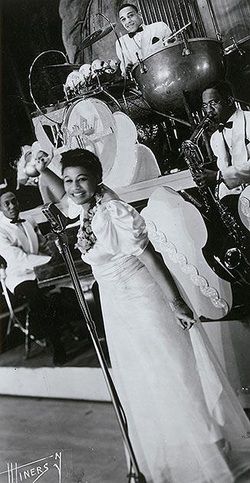
1988 Ethel Blondin-Andrew, a First Nations woman, was elected to the Canadian House of Commons, a graduate of the University of Alberta and a school teacher in the Western Arctic in the Northwest Territories. She was the first woman from the First Nations to enter parliament and served ten years.

‘The Cremators’ (1972)
IMDb runtime of far too long at 1 hour and 15 minutes, rated a generous 2.2 out of 10 by 229 slackers.
Genre: Sy Fy and Boredom.

Verdict: So bad that it’s bad.
A flaming orb lands on Earth and after toasting an Indian or two it then hides in a lake for three hundred years. That prelude took fifteen minutes as we watch the same segment of the Indian running down a hill in a five minute loop.
A geologist digs up some opals which stimulate the flaming orb which has been Rip Van Winkle-ing at the bottom of the lake. Yes, the flaming orb was hiding in the bottom of a lake. Cute trick. Awakened, flaming orb toasts various people in the hills.
No one finds this strange because the Surgeon General has said smoking kills. And where there is smoke there was fire. Great logic that.
The geologist and his squeeze investigate since the authorities are too busy practicing their bumpkin accents.
The flaming orb lurks around keeping an … [a what?] on Geologist in between toasting others. Why flaming orb does not toast Geologist and spare viewers more treacle is unknown.
Consulting the NRA play book, victims try shooting the flaming orb. More toast is the result. Finally Geologist figures out something or other and finishes off flaming orb. At last.
What the orb was, what it was doing, and who cares all are questions left unanswered.
It is a Roger Corman production. Hmmm. It is poorly lit so most of the scenes are lost in the murk. The editing destroys continuity. The acting is … well, it is the first and last credit on the IMDb for most participants. The direction is absent.
Director Harry Essex wrote two excellent screen plays: ’The Creature from the Black Lagoon’ and ‘It came from Outer Space.’ Each is discussed elsewhere on this blog. He also wrote this slop. Naughty Harry!
That inflated 2.2 includes several 8’s from raters who rated it so bad it is good. Imbecilic but true.
